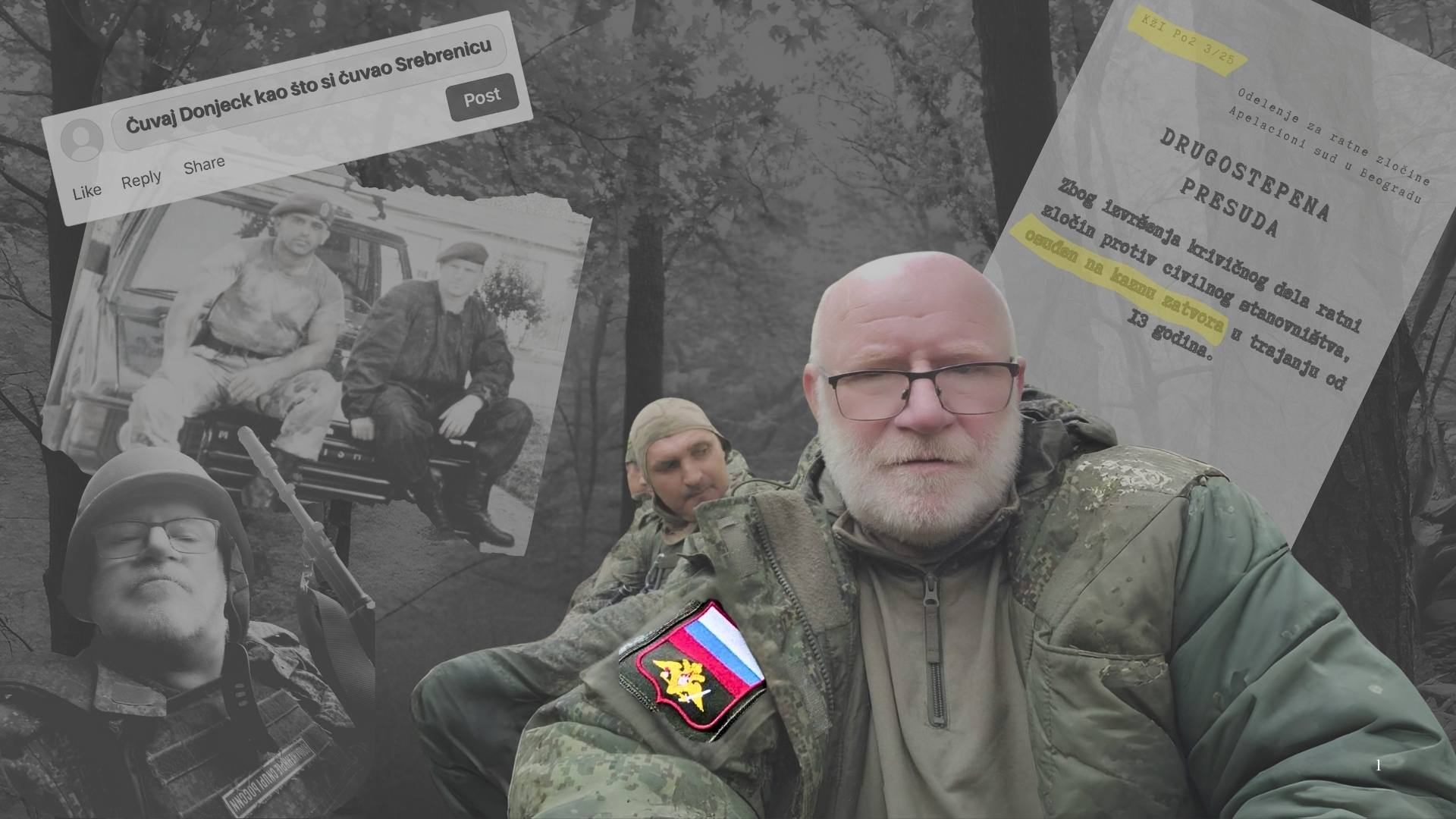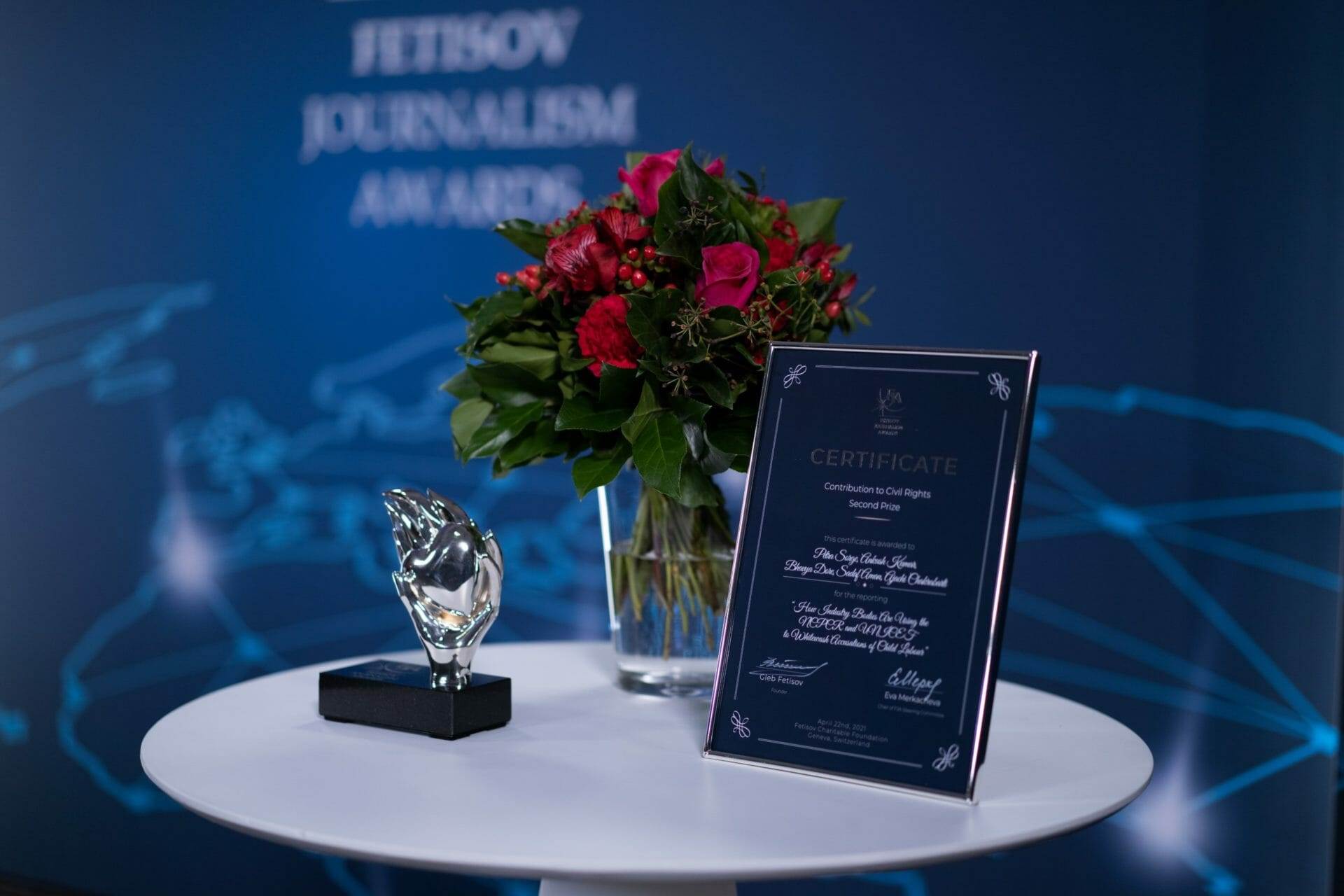This post is also available in: Bosnian
Miljanic, who at the time was the commander of the village defence force, said he did not see exactly who committed the crimes against civilians in Skabrnja during the attack on November 18 and 19, 1991, but heard about it from eyewitnesses.
But he said that his subsequent findings matched a report by a JNA security officer which indicated that the perpetrators were members of the Serb Territorial Defence force from Krajina, “volunteers from Serbia” and groups led by a police officer from Krajina called Goran Opacic.
“Paramilitary formations, which took civilians away and killed many of them, followed the JNA forces,” Miljanic said.
According to the charges, the forces that committed the crimes in Skabrnja were under the control of the Serbian State Security Service, which was led by defendants Jovica Stanisic and his former deputy Franko Simatovic, known as Frenki.
Witness Miljanic said the JNA shelled Skabrnja during the attack, which was commanded by Colonel Ratko Mladic, and dropped “cassette bombs with a sign saying ‘Greetings from the JNA to Tudjman’s rats’” from planes onto the village.
Miljanic also said that during the attack, Serb forces used captured Croatian civilians as “human shields”, putting them in front of and around JNA tanks.
“When I wanted to destroy a tank, I saw around 50 women, children and old people in front of and around the tank. There was an initiative to destroy the tank despite that, but I did not allow it,” Miljanic said.
Prosecutor Douglas Stringer backed up the witness’ allegation with the JNA security officer’s report, which said that soldiers confirmed that Croat civilians were used as human shields.
During cross-examination, Stanisic’s defence lawyer Ian Edwards, asked the witness who exactly attacked Skabrnja.
“I am sure about the JNA and MUP , but I don’t know if it was the Serbian or Krajina MUP… I do not know about volunteers, I heard about them,” Miljanic responded.
When Edwards suggested that “many had their faces painted or masked”, Miljanic said: “Not all of them. The JNA members did not do it. They were followed by those vultures.”
Stanisic and Simatovic are being retried for the persecution, murders, deportations and forcible resettlement of Croat and Bosniak civilians during the wars in Croatia and Bosnia and Herzegovina.
According to the charges, they were part of a joint criminal enterprise led by former Serbian President Slobodan Milosevic, aimed at forcibly and permanently removing Croats and Muslims from large parts of Croatia and Bosnia and Herzegovina in order to achieve Serb domination.
Stanisic and Simatovic both pleaded not guilty in December last year after the appeals chamber of the International Criminal Tribunal for the Former Yugoslavia overturned their acquittal in their first trial.
The appeals chamber ruled that there were serious legal and factual errors when Stanisic and Simatovic were initially acquitted of war crimes in 2013, and ordered the case to be retried and all the evidence and witnesses reheard in full by new judges.
The trial continues on Wednesday.
Stanisic however is not present in court because the trial chamber granted him temporary release until September 27.
According to the findings of doctors in The Hague and Serbia, Stanisic is suffering from a chronic digestive tract illness and depression.

